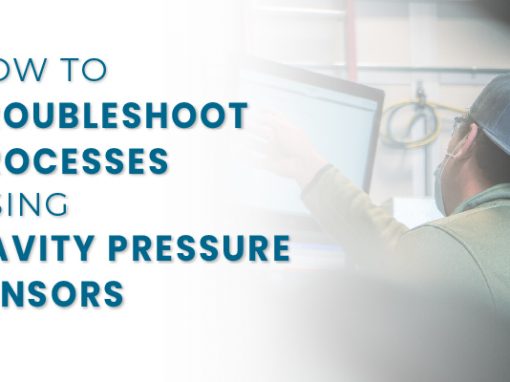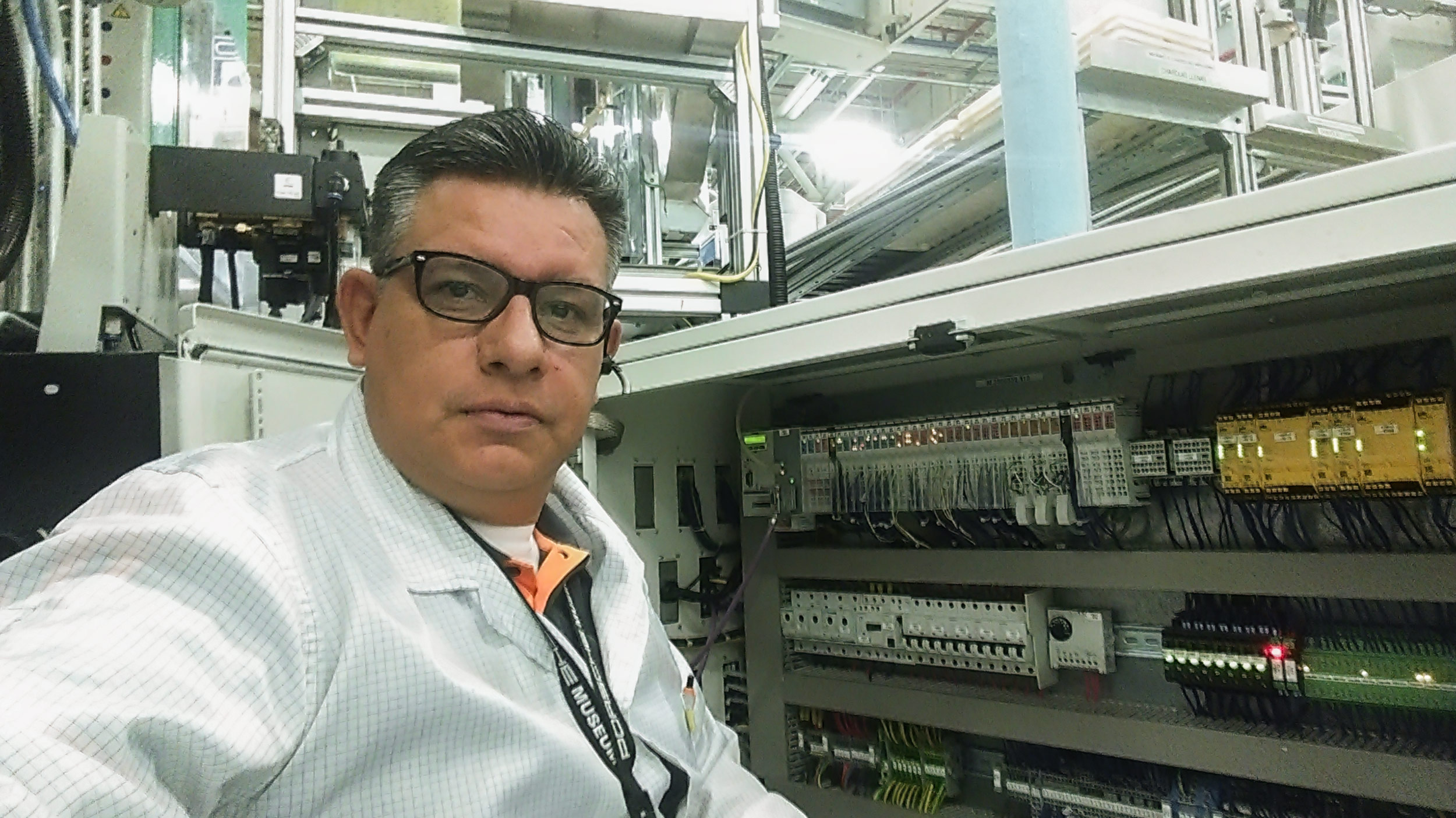Mold maintenance, while often overlooked, plays a pivotal role in the world of plastic injection molding, serving as a potent ally in the battle against waste. From minimizing downtime to extending mold life span, it is a linchpin for efficient production. Let’s delve deeper into the criticality of mold maintenance and the array of benefits it brings to the forefront of the injection molding industry.
Minimizing Downtime:
Regular mold maintenance helps prevent unexpected mold failures, malfunctions, or breakdowns. By conducting routine inspections, cleaning, lubrication, and repairs, potential issues can be identified and addressed proactively. This reduces unplanned machine downtime, ensuring continuous production and minimizing waste caused by production interruptions.
Extending Mold Life Span:
Proper maintenance practices, such as cleaning, polishing, and preventive maintenance, help prolong the life span of the mold. This reduces the frequency of mold replacements, which can be expensive and time-consuming. A well-maintained mold can produce high-quality parts consistently over a longer period, minimizing waste associated with mold replacement and setup.
Preventing Defects and Scrap:
Regular maintenance allows for the detection and correction of mold-related issues that can lead to part defects and scrap. For example, worn or damaged mold components can cause flash, sink marks, warpage, or dimensional inaccuracies in molded parts. By addressing these issues through maintenance, the occurrence of defects and subsequent waste can be significantly reduced.
Optimizing Mold Performance:
Ensure that the mold operates at its optimal performance levels by doing regular inspections and adjustments to help maintain proper alignment, cooling efficiency, and ejection mechanisms. This enables the mold to produce parts with consistent quality, reducing waste from rejects, rework, and substandard products.
Enhancing Process Stability:
Well-maintained molds contribute to stable and reliable injection molding processes. By minimizing variations in mold performance, such as cavity-to-cavity variations or inconsistent fillings, the process becomes more predictable and controllable. This results in reduced process waste, including material waste, energy consumption, and scrap.
Supporting Process Optimization:
Mold upkeep provides an opportunity to identify areas for process improvement. Through maintenance activities, mold operators and technicians can gather valuable data, identify recurring issues, and implement corrective actions. Continuous improvement initiatives based on maintenance insights can lead to waste reduction by optimizing cycle times, reducing rejects, and enhancing overall process efficiency.
Conclusion
In conclusion, mold maintenance is a critical aspect of plastic injection molding that should not be underestimated. Its impact on waste reduction and overall production efficiency is significant, offering numerous benefits to manufacturers. By ensuring regular inspections, cleaning, and adjustments, downtime can be minimized, and mold life span can be extended, leading to cost savings and consistent high-quality parts. Moreover, by preventing defects, optimizing mold performance, and enhancing process stability through proper upkeep, manufacturers can achieve greater process efficiency and waste reduction. Embracing mold maintenance as an integral part of the injection molding process paves the way for a sustainable and thriving manufacturing industry.





